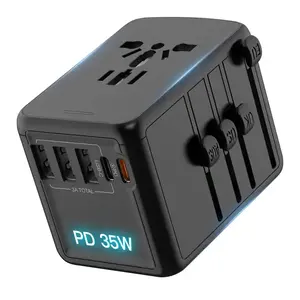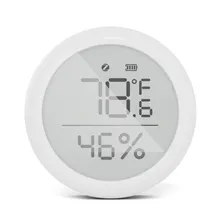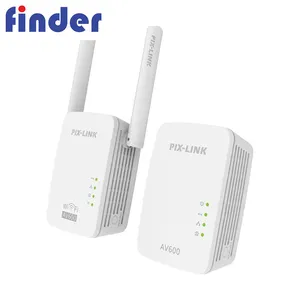Understanding Powerline Adapters
Powerline adapters are innovative devices designed to expand your home or office network through the existing electrical wiring. These adapters provide a convenient alternative to traditional networking methods, allowing for internet connectivity in areas where Wi-Fi signals may be weak or Ethernet cabling is impractical.
Types and Connectivity
There are various types of powerline networking adapters, each catering to different needs. Some models are designed for basic internet tasks, while others support bandwidth-intensive activities like streaming and gaming. Connectivity options also vary, with models offering features such as integrated Wi-Fi or multiple Ethernet ports.
Applications and Usage
Powerline adapters are versatile, finding utility in diverse settings. They are commonly used in residential spaces to connect smart TVs, gaming consoles, and PCs. In commercial environments, they facilitate connections to printers, servers, and other networked devices without the need for extensive cabling.
Features and Performance
When selecting a powerline Ethernet adapter, consider the data transfer speeds, which can range from 200 Mbps to over 1 Gbps. Some adapters boast features like power-saving modes, plug-and-play setup, and encryption for secure data transmission. The performance of these adapters can be influenced by the quality of electrical wiring and the presence of other electrical devices.
Materials and Build
The construction of powerline adapters often involves durable plastics and high-quality electronic components designed to withstand regular use. The build quality is crucial for ensuring longevity and maintaining the integrity of data transmission over time.
Advantages of Powerline Technology
Adopting network over powerline technology offers several advantages. It eliminates the need for additional network cabling, reduces Wi-Fi dead zones, and provides a stable connection that is not susceptible to the typical interferences faced by wireless networks. Furthermore, the simple setup process of homeplug adapters makes them accessible to users with varying levels of technical expertise.










































 浙公网安备 33010002000092号
浙公网安备 33010002000092号 浙B2-20120091-4
浙B2-20120091-4